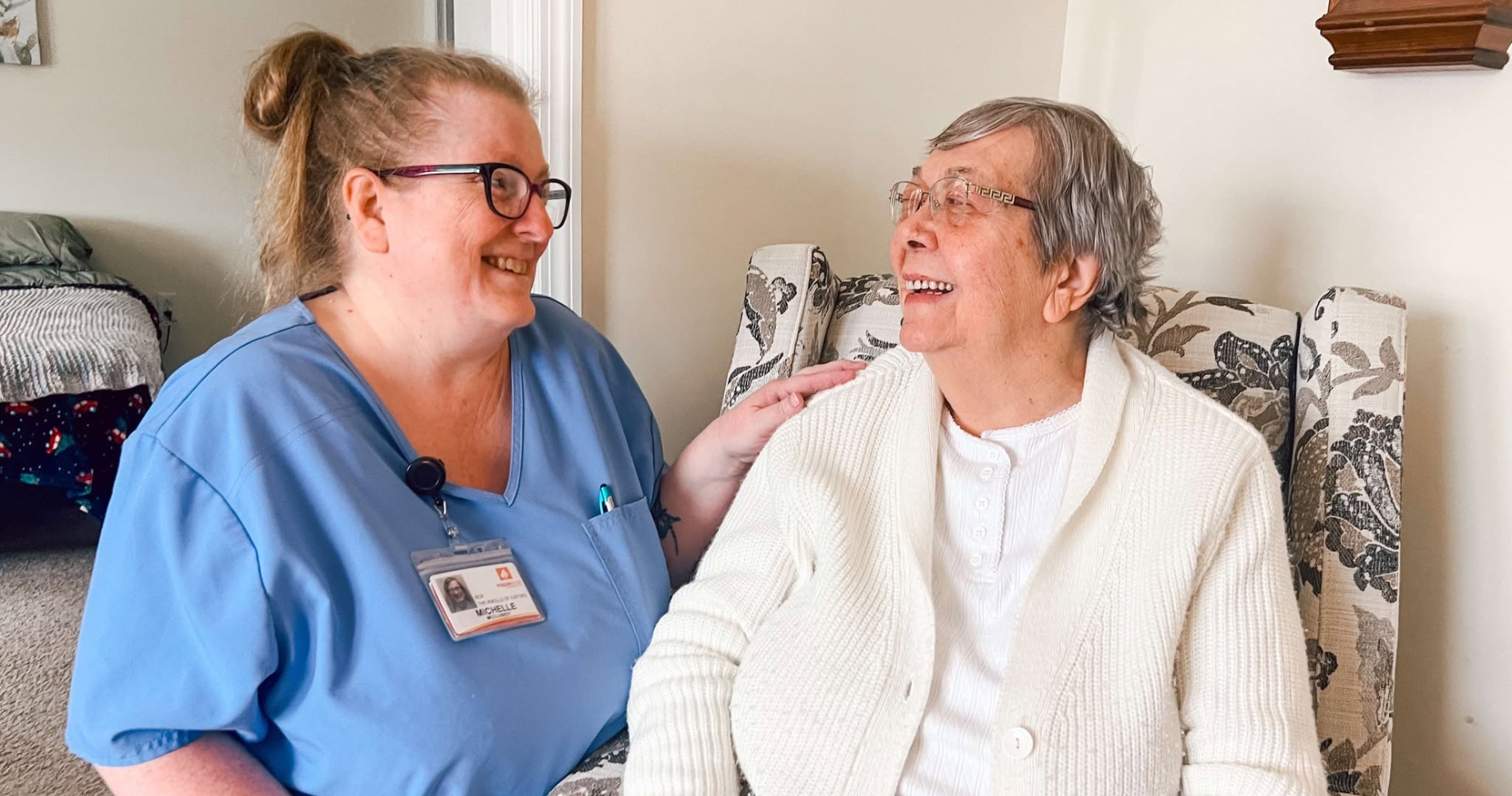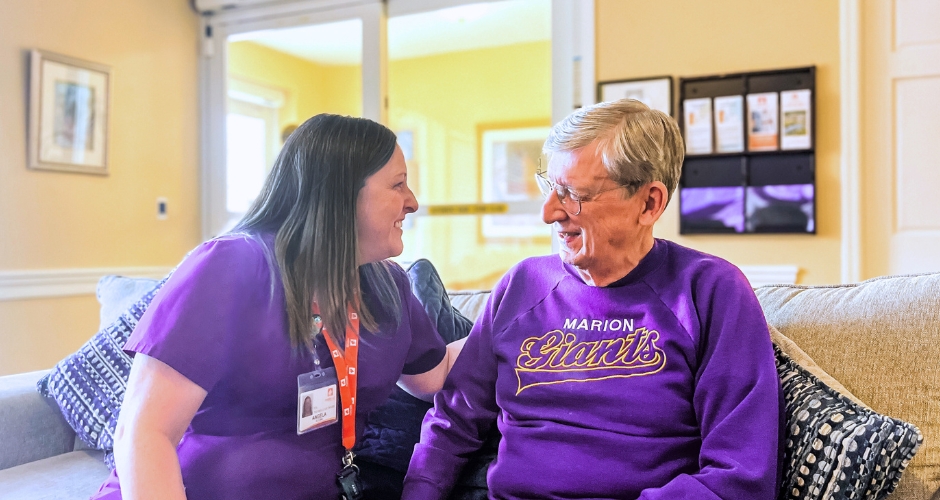Why Early Movers Thrive at The Knolls of Oxford in Oxford, Ohio
When people think about senior living, the decision is often postponed until it feels absolutely necessary. But at The Knolls of Oxford—a Life Plan Community nestled in the heart of Oxford, Ohio—residents who move in early find a refreshing alternative: a vibrant lifestyle rooted in independence, purpose, and peace of mind.
Here, early movers are not just planning for tomorrow—they’re living fully today.
1. Enjoy Independence with the Support of a Thriving Community
The Knolls of Oxford is designed for active adults who want to enjoy life to the fullest. Moving early allows you to:
- Stay physically active through our wellness programs, walking paths, and fitness center
- Engage in social events, educational programs, spiritual activities, and creative workshops
- Take advantage of our beautiful campus and on-site dining, all while surrounded by a close-knit, welcoming community
- Connect with the vibrant town of Oxford and the nearby Miami University campus through intergenerational events and cultural outings
Residents who move in early often find renewed energy and a strong sense of belonging.
2. Secure Your Future—Confidently and Comfortably
As a Life Plan Community, The Knolls of Oxford offers a full continuum of care including assisted living, memory support, and skilled nursing. Moving in early gives you:
- Priority access to future care, right on campus
- Financial predictability and peace of mind for the years ahead
- Reassurance for your loved ones that you’ll be supported if your needs change
It’s not just a place to live—it’s a plan for lifelong well-being.
3. Move Before It Becomes a Necessity
Moving while you’re independent gives you more freedom and control over the process. At The Knolls of Oxford, that means:
- Choosing the residence and floor plan that fits your lifestyle
- Downsizing gradually with support from trusted professionals
- Avoiding crisis-driven decisions during unexpected health changes
You’ve made smart decisions your whole life—this should be one of them.
4. Build Relationships That Enrich Your Life
One of the most rewarding aspects of life at The Knolls is the genuine sense of community. Early movers are able to:
- Cultivate friendships through resident clubs, social events, and volunteer opportunities
- Participate in campus traditions, group activities, and local outings
- Be surrounded by neighbors and staff who truly care
These relationships create the kind of community that supports you in every season of life.
5. Embrace Whole-Person Wellness and Purpose
Life at The Knolls of Oxford is inspired by BHI’s Living on Purpose philosophy, which supports well-being across eight dimensions: physical, emotional, spiritual, social, intellectual, creative, environmental, and purposeful living.
As a resident, you can:
- Stay active, challenged, and inspired through fitness, education, and community service
- Explore new hobbies or deepen lifelong passions
- Engage with others in meaningful ways that bring joy and fulfillment
Ready to Make Your Move?
Choosing to move to The Knolls of Oxford early is about more than planning ahead—it’s about enhancing your life today while securing your future.
Come explore a community where you can grow, connect, and thrive—at your own pace and on your own terms.





